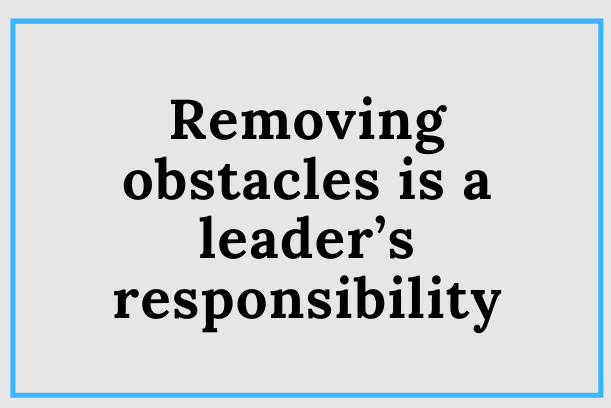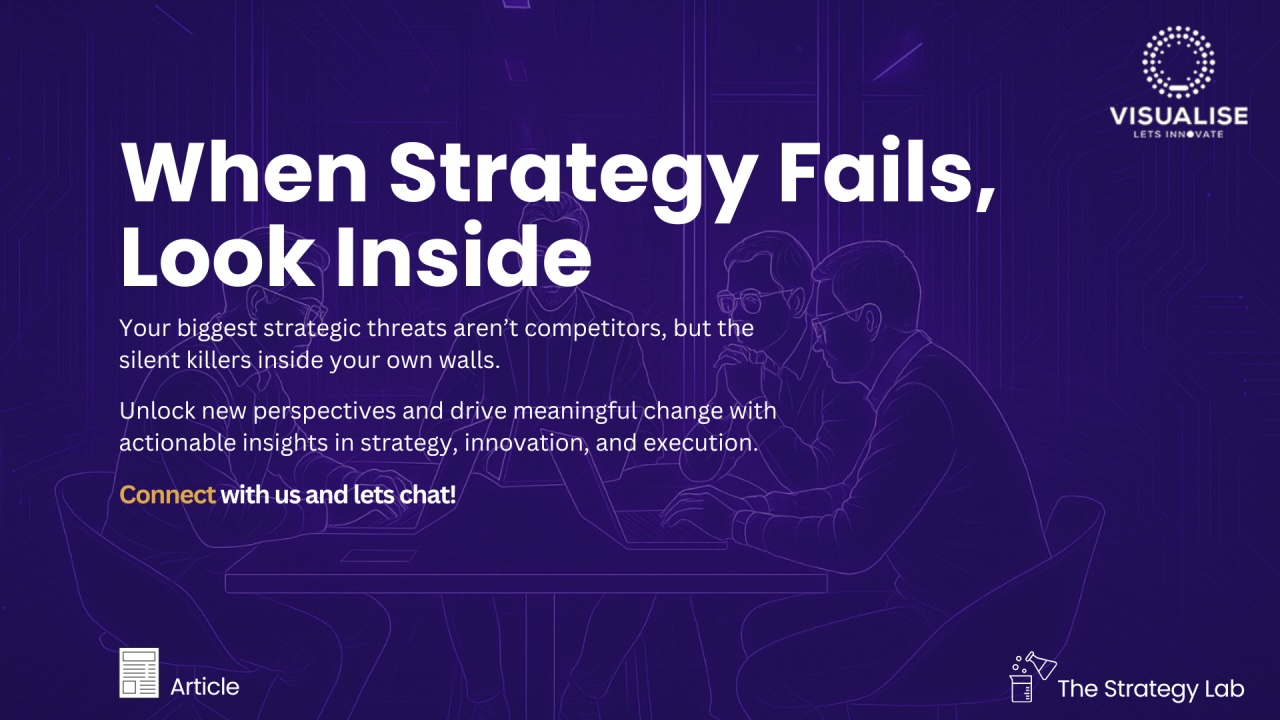Feb07

Internal resistance, bureaucracy and a lack of leadership support are just two of the common roadblocks you face as innovator when bringing ideas to life in an organisation.
If you’re an innovation consultant, intrapreneur, or leader struggling to get buy-in for your ideas, then Breaking Innovation Barriers by Gijs van Wulfen is a must-read. This book provides you with 15 proven strategies to overcome corporate resistance and gain management support, making it an invaluable resource for anyone involved in innovation.
But what makes this book stand out in a crowded market of business and innovation literature? Here are five compelling reasons why innovators should read Breaking Innovation Barriers and how it can help you succeed.
1. Identifying and Understanding the 15 Most Common Innovation Barriers
One of the biggest challenges innovators face is not knowing exactly what is preventing their ideas from gaining traction. Many innovators hope that a good idea will naturally be accepted—but, as you know so well, the reality is far more complex.
Gijs van Wulfen’s book systematically identifies 15 common barriers that stop innovation in organisations, including:
• Risk aversion and fear of failure – Many managers and employees hesitate to embrace new ideas because they fear the consequences of failure.
• Lack of priority – Without a clear business case, leadership may not see innovation as a priority.
• Silo mentality – Departments work in isolation, making collaboration and cross-functional innovation difficult.
• Budget constraints – Even promising innovations struggle when financial resources are limited.
• Short-term focus – Many organisations prioritise quarterly results over long-term growth, making it difficult to justify investment in innovation.
By recognising these barriers, you can develop targeted strategies to overcome them rather than wasting energy fighting invisible forces. Instead of just pushing harder, innovators can work smarter, adjusting their approach to address the real underlying issues.
“Most managers only innovate when doing nothing is a bigger risk” – Gijs van Wulfen
Understanding these barriers is the first step toward breaking through them. This book provides a roadmap for innovators to diagnose and address the specific challenges they face within their organisations.
2. Proven Strategies to Secure Management Buy-In
Even the best ideas will fail if they don’t have leadership support. One of the most frustrating experiences for innovators is presenting an idea with great potential—only to be met with resistance, skepticism, or indifference from top management.
Van Wulfen’s book provides 15 concrete strategies for winning over executives and decision-makers, including:
• Understanding your management deeply– Instead of focusing on creativity and possibilities, frame innovation in terms of return on investment (ROI), risk mitigation, and strategic advantage, based on an understanding of what they really want.
• Experiment: starting small and proving value – Instead of asking for a huge budget upfront, implement a small, low-risk pilot project to demonstrate the concept’s value.
• Aligning with strategic goals– Innovations that clearly support the company’s mission and strategic objectives are much more likely to receive support
• Building internal coalitions – Creating innovation ambassadors by gaining buy-in from multiple stakeholders before approaching leadership can significantly improve your chances of success.
Many innovators make the mistake of assuming that good ideas sell themselves. The reality is that innovation is a political and strategic process. This book teaches you how to navigate that process effectively, ensuring your ideas don’t just sound good on paper but actually get implemented.
“Innovation without management support is like sailing without wind.” – Gijs van Wulfen
3. Real-World Innovation Stories That Provide Practical Lessons
Theory is useful, but real-world examples bring ideas to life. One of the strengths of Breaking Innovation Barriers is that it doesn’t just provide advice—it backs up every strategy with actual case studies from successful innovators.
For example, the book explores:
• How SAP created a safezone to experiment and boosted internal innovation effectiveness.
• How SEA, the Airports of Milano, used a WEnovation approach to unite internal silos and boost innovation successfully.
• How BRUIL, a midsize concrete company, took off on an innovation journey creating the largest 3D printed concrete project of the world.
• How proven methodologies helped NTTDATA, a 100.000+ IT company, to innovate Japan.
These and other stories provide powerful lessons and actionable takeaways that innovators can apply in their own industries.
Innovation is not just about new ideas; it’s about creating impact.” – Gijs van Wulfen
By learning from those who have successfully navigated similar challenges, readers can avoid common pitfalls and accelerate their own innovation journey.
4. Ensuring That Innovation Aligns with Organisational Strategy
One of the most common reasons innovation initiatives fail is because they are seen as side projects rather than essential parts of the organization’s strategy. Too often, innovation is treated as an isolated effort led by a single department rather than an integrated approach that supports the company’s larger goals.
This book emphasizes the importance of strategic alignment and teaches innovators how to:
• Frame innovation in terms of business growth – Instead of presenting ideas as “nice-to-have” experiments, tie them directly to key performance indicators (KPIs) and revenue growth.
• Work within existing company priorities – Innovation efforts that align with corporate initiatives (such as digital transformation or sustainability) are more likely to be supported.
• Use strategic timing – Launching an innovation initiative at the right moment—such as when a company is looking for new revenue streams—can significantly improve its chances of success.
“An innovator should have the patience of a hunter to pick the right moment.” – Gijs van Wulfen
By following the principles in this book, innovators can ensure that their efforts are not just tolerated but actively supported as critical to the company’s future success.
5. Practical Tools, Inspiring Quotes, and Actionable Takeaways
The book is not just filled with ideas—it’s packed with practical tools and motivational insights to help innovators take action. Each strategy comes with step-by-step guidance on how to implement it, making it easy for readers to apply the lessons in their own work.
Some highlights include:
• Frameworks for pitching innovation to executives
• Checklists for identifying and overcoming specific barriers
• Templates for creating compelling business cases for new ideas
• Inspiring quotes and anecdotes from successful innovators
Many innovation books offer high-level theory but lack concrete guidance on execution. Breaking Innovation Barriers is different—it’s a hands-on playbook designed to help innovators take action immediately.
“The best guarantee to win management buy-in for innovation is a launching customer.” – Gijs van Wulfen
Final Verdict: A Must-Read for Innovators
With a 5-star rating on Amazon, Breaking Innovation Barriers has been praised by innovation leaders worldwide. One reviewer called it:
“An absolute must-read for innovation leaders, idea generators, and anyone looking to successfully navigate innovations through organizations.”
If you’re an innovator struggling to get your ideas accepted, this book will equip you with the knowledge, tools, and confidence to break through resistance and drive meaningful change.
Don’t let bureaucracy, resistance, or lack of support kill your best ideas. Grab a copy of Breaking Innovation Barriers and turn your innovations into reality.
Keywords: Design Thinking, Innovation, Open Innovation
 Are You Setting The Direction?
Are You Setting The Direction? There Seems to be Some Confusion: Exit vs Succession
There Seems to be Some Confusion: Exit vs Succession  When Strategy Fails, Look Inside
When Strategy Fails, Look Inside The Modular Ascent: Integrating Gemini 3, V-JEPA, and World Models for Aviation AGI
The Modular Ascent: Integrating Gemini 3, V-JEPA, and World Models for Aviation AGI Mark Lynd's 2026 Cybersecurity Predictions
Mark Lynd's 2026 Cybersecurity Predictions